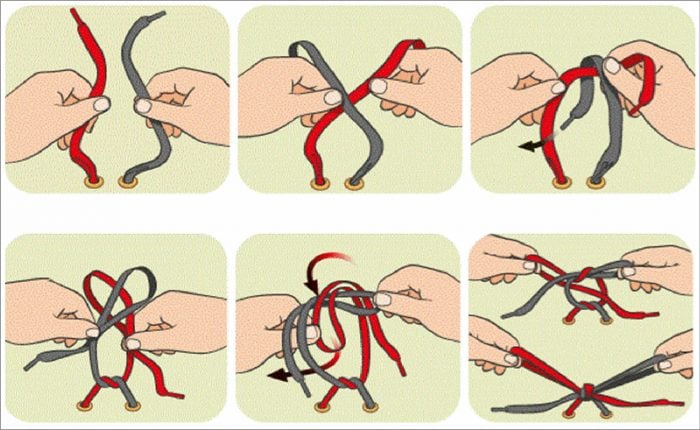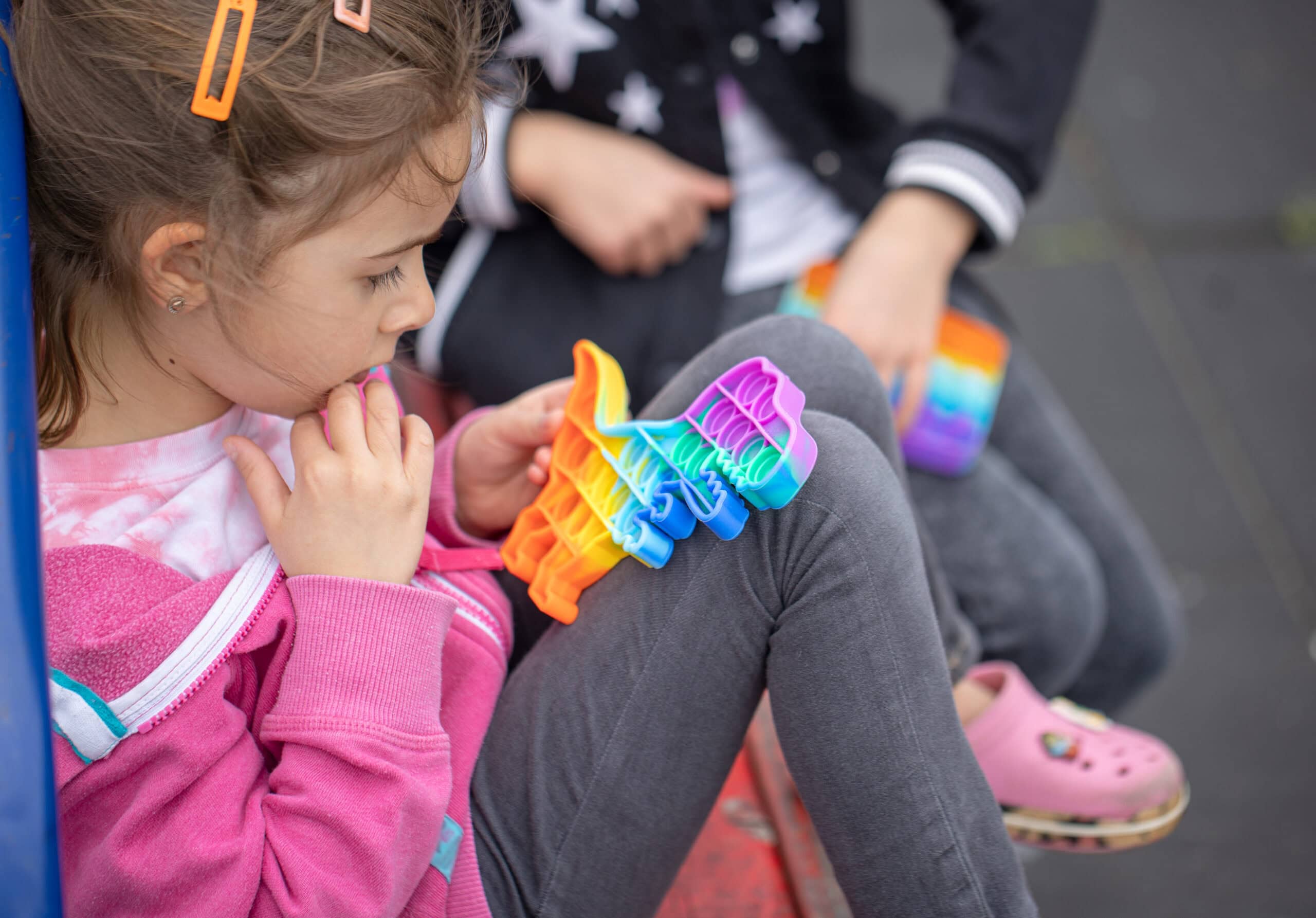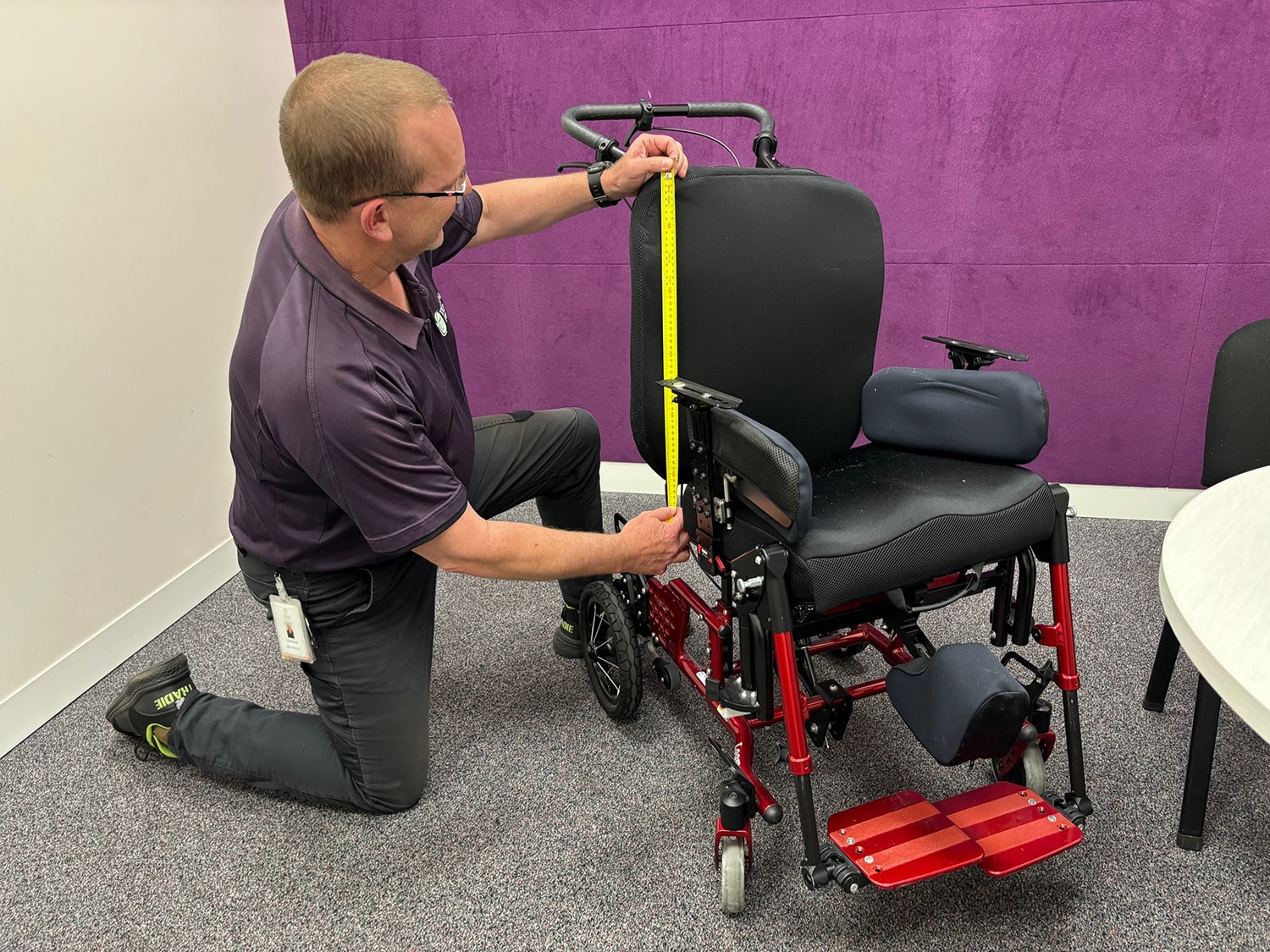Shoelace tying tips
Many parents ask a common question: “At what age their child should be tying their shoelaces?”
Many factors influence a child’s capacity to tie their shoes, including exposure, hand dominance, attention, concentration and fine motor development. The table below provides approximate age guidelines for the stages of shoelace tying:
Age Milestones (Estimate)
- Unties knot – Two years
- Can pull the laces tight – Three years
- Ties a knot – Four years
- Ties a bow – Six/six-and-a-half years
(Source: Activity of Daily Living Checklist)
Learning to tie shoelaces can be a challenging task. It is important to keep it fun and reward the child by progressing with small steps. If your child struggles to tie their laces, focus on activities that develop their fine motor skills before progressing to the more complex task of tying laces. This will provide them with an opportunity to develop the fine motor strength and skills to have more success with shoelace tying when the time is right.
Age ranges can be used as a guide, but it is more important that your child feels supported and only completes the step they are ready for. If they can untie the knot, progress to the next step and ask them to help you pull the laces tight.
Ready for some shoelace tying tips?
Some fine motor activities to develop skills progression
- Completing play activities by first using both hands together, then progressing to using hands separately to perform different movements. For example, catching balls, rolling play-doh, tearing paper, pouring, drawing, threading. This is important as when tying shoelaces, one hand is often holding the lace while the other hand is performing a different movement, such as making a bunny ear.
- Encouraging your child to use the small muscles of the hands, fingers and wrist. Some fine motor activities to practice this are finger painting, pegs, squeezing water sprayers, paper crumpling, drawing and cutting.
- Helping your child improve their hand-eye coordination through activities such as throwing and catching, cutting along a line, colouring-in, completing a maze worksheet or using an etch-a-sketch.
Many children find it difficult to tie their shoelaces, so the following shoelace tying tips may be useful. You may also like to speak to an occupational therapist or your key worker for further assistance.
Helpful tips when teaching your child to tie their laces
- Ask your child to practice threading their laces through the holes of their shoe or fun activities such as animal lace cards.
- Make sure the shoelaces are long enough to pull the bow through. Consider getting extra-long laces for when they are learning to manipulate the bow.
- Colour in one side of the shoelace to help your child distinguish between the sides of the laces. You could also use two different coloured laces (cut two laces and tie them together), so your child can easily see which colour is on top.
- It can be easier learning to tie laces with the shoes off your foot first. This will provide your child with a stable base to learn and enable them to functionally progress their skills before practising on their feet.
- Tie your own shoelaces at the same time whilst talking through the steps.
- Determine which shoelace tying method best suits your child. The method below is suitable for children who have difficulty pinching both sides at the same time. With this method, your child only has to make one bunny ear and pull the other lace around the back.
The most common shoelace tying method is the ‘Bunny Ears’ method, which involves making two loops, crossing the loops, threading one side through, then pulling tight.
- Place dots on the laces to show your child where to position their hands and how long they need to make the loops.
- Place the shoe or a practice board in front of your child on their lap or a table. It is much harder to start tying when the shoe is on your child’s foot, so starting in a more comfortable position is the first step.
- Use stiffer laces for practising. This helps to hold the loop in place whilst your child is learning. Ribbon with wire in it works a treat!
- Take advantage of any opportunity to practice tying – i.e. wrapping presents and tying ribbon, tying ribbons in the hair of other people or dolls, tying apron strings before cooking.

The most important tip is to allow your child to experience success. In shoelace tying, the first part is the easiest, so teach your child to cross the laces over and then pull tight or start them off yourself and let them do the last step, so they feel successful. Once they have mastered this, move onto the next step. With increased confidence, your child will continue to improve and be more motivated to practice.
Helpful resources include:
Red lace, Yellow Lace. Mike Casey and Judith Herbst (1996). A rhyming story with a step by step guide to tying shoelaces.
One Two Tie Your Shoes! Lorraine Gregory (2010). Learn to tie shoelaces using a familiar song with different words
Curious about our early intervention services?
We provide support for babies and young children with disability and developmental delay to achieve key milestones in the vital early stages of life.





















